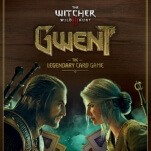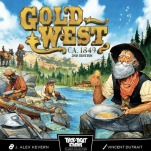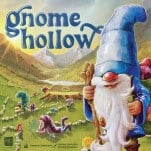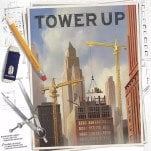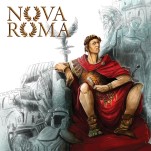Train Game Iberian Gauge Suffers from a Flawed Economy
Images courtesy of Capstone Games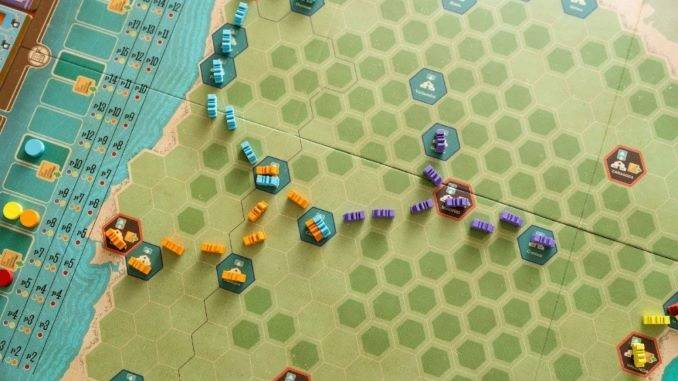
Iberian Gauge is the third game in the Iron Rails series of train games published in the U.S. by Capstone, all of which have a strong economic component to them. Think Ticket to Ride meets Acquire, sort of, although there’s more to it than that—it’s an 18xx game, if you’re familiar with that niche, but in a much smaller and more digestible package.
The first game, Irish Gauge, designed by Amabel Holland, had players buying shares in various railways on a hex map of Ireland in an auction format, with the rail lines starting in fixed cities, and then adding up to three trains to the board on each turn. Iberian Gauge, from the same designer, maintains the spirit of the first game, but simplifies things in multiple ways, not least of which is that the auction is gone. The game has 10 rounds, four of which are investing rounds, and the other six building rounds. In an investing round, players go in turn order, buying one share at most per turn, paying the current share price or setting the initial share price (if they’re the first to buy) to the railway’s treasury, then placing one of their cubes in that railway’s share board. Once all spaces in the board are full, no more shares are available in that railway.
Building rounds are just as simple. Turn order now follows the share track comprised of all railways’ boards, going from the first shareholder in each railway down, with each player able to place one train on the board for that railway, paying the cost based on the hex type (easy, difficult, or urban/major city). You may build adjacent to any hex that railway currently occupies, or may ‘lease’ track from another railway, paying the cost shown per hex to that railway’s treasury and then building in the next urban hex after the leased line. Each railway must reach a new urban/city hex at the end of every build round or the share price drops one slot per share currently owned by a player, which often causes a railway’s share price to drop to the minimum of $4. More on that in a moment.
The game functions in a semi-cooperative way during build phases, because all shareholders in a railway have a common incentive to avoid that penalty, and thus want to ensure that the railway moves in a direction that will lead to another urban/city hex, whether directly or by lease. Building a railway also benefits investors by raising the railway’s dividend, which goes up every time the railway reaches another urban or city hex; and the stock price, which goes up whenever the railway reaches a city, and when the dividend marker passes certain thresholds on its track.
-

-

-

-

-

-

-

-

-

-

-

-

-

-

-

-

-

-

-

-

-

-

-

-






